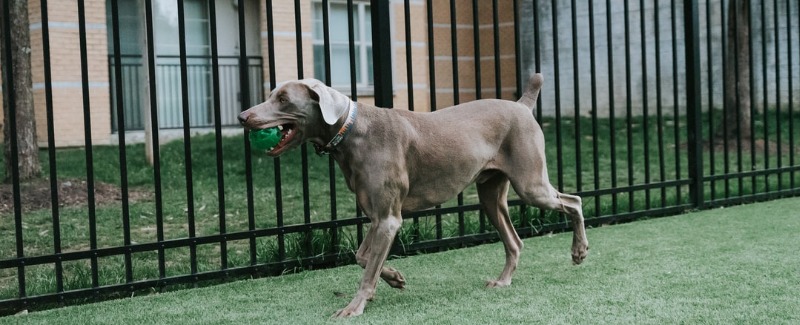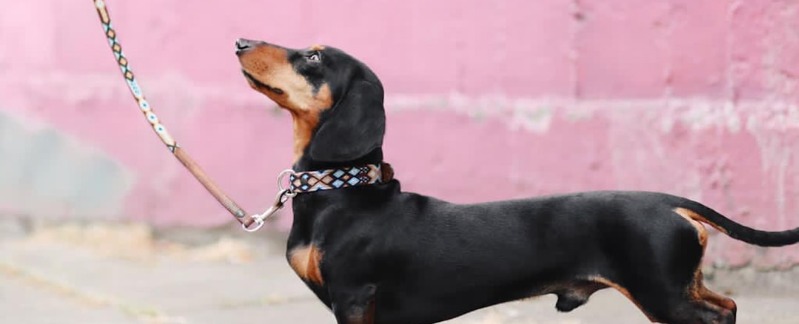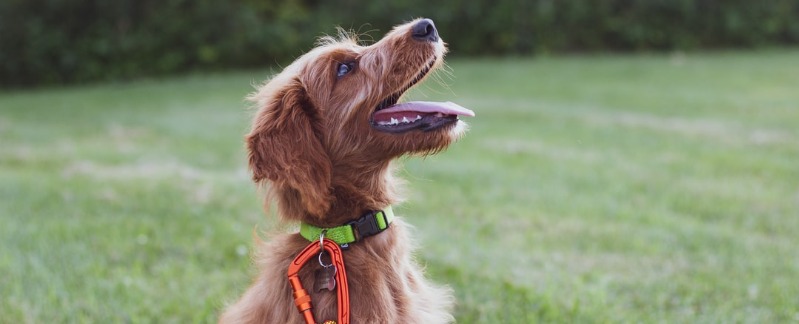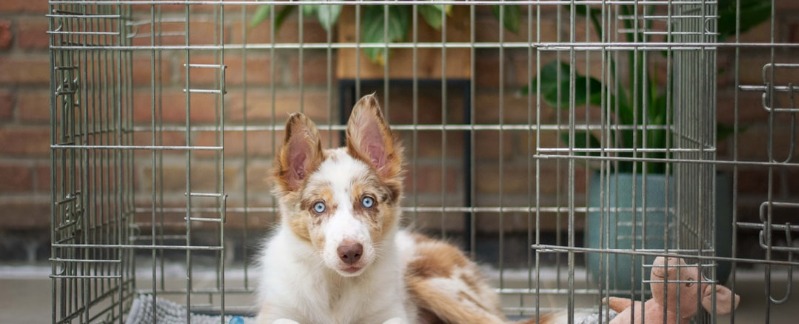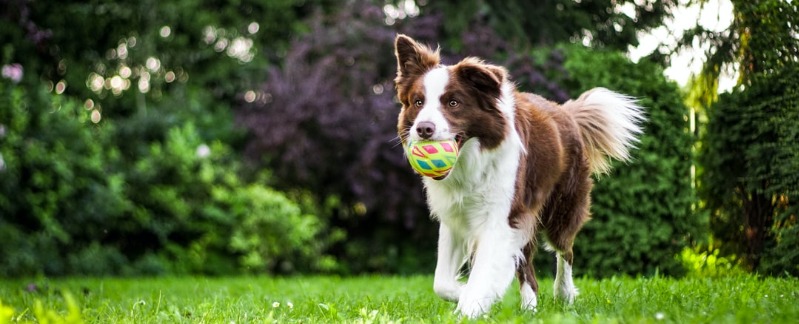If you have a yard and want to allow your dog access to it, you’ll need a way to keep him in the yard. You have some basic choices when it comes to outside containment options for your dog, including solid fences; invisible or electronic fences; portable kennels; and tether, runner, or trolley systems.
Depending on your budget, your dog, area restrictions, and how you use your yard, you may want to use more than one containment option to keep your dog safe.
Solid Fences Versus Invisible Fences
Traditional solid fences are possibly the most reliable way to keep your dog in your yard and relatively safe. The main disadvantage to them is that they are expensive. Also, some determined dogs will climb over them or dig under them (although there are things you can do to deter both of these behaviors).
Many areas have restrictions on what type or height fence you can have, which may not be suitable for your dog. Some areas don’t allow visible fences at all. For this reason, you may want to consider an invisible or electronic fence.
Invisible fences have the advantage of being relatively inexpensive (at least compared to traditional fencing), and are generally acceptable by even the pickiest of homeowners’ associations. They also have several disadvantages that should be carefully considered.
If your dog digs under the fence, try burying chicken wire, metal hardware cloth, or concrete landscape pavers about a foot deep all along the fence line to provide an underground barrier. Dog climbs over? You can try putting an additional foot or so of fencing along the top of the existing fence angled in toward the yard. For determined escape artists a backup invisible fence may be necessary.
The primary disadvantage is that they don’t keep dogs or other animals from coming into your yard to harass your dog, which may be mildly annoying or downright dangerous. In addition, some dogs are too sensitive for them, and will either react with extreme fear or avoidance, sometimes refusing to leave the house or porch. Also, some dogs have been known to develop aggression problems because they connect the shock with the presence of people or other dogs outside the boundary.
Finally, some dogs have such a high pain tolerance that they don’t mind the shock and will cross the boundary without hesitation to tour the neighborhood. Invisible fences do make excellent backup fences for diggers and climbers, and some companies offer indoor versions as well.
No matter what kind of containment you use, until your dog is reasonably trained, he shouldn’t be spending unsupervised time in the yard. You want him to reliably come to you when you call, and to know where he’s supposed to potty, play, and dig before you allow him the option of making up his own mind.
Portable Kennels
Portable kennels come in a variety of shapes and sizes to accommodate practically any dog or area. Not to be confused with crates, portable kennels are usually outdoor structures (although some people use them in garages or basements) ranging in size from about 4 feet wide by 6 feet long, to just about as big as you want to make them. The actual portability of them depends on the finished size of course, but they all come apart and set up relatively easily if you want to change their location.
They have the advantage of being large enough for a sleeping area (with a dog house, if you like) a play area, and a potty area. Portable kennels can be used either as your dog’s main exercise and play area in the yard, to contain him if the rest of the yard is in use, or to visually and physically designate a potty area in your yard. They usually come with an attachable roof, so are generally a very secure option for containing your dog safely.
Tethers, Runners, and Trolley Systems
Tethers, runners, and trolley systems have the advantage of being the least expensive of outdoor containment options. Like electronic fences, they don’t stop other animals from bothering your dog, and they have several other disadvantages as well. Safety is the major concern, as dogs can and will wrap themselves around trees or other stationary objects, possibly choking themselves or injuring their limbs if they get caught in the line, not to mention tripping any unsuspecting human that walks by.
For now, you’ll want to use a plain buckle or quick-lock collar for your dog. You should just be able to get two fingers under the collar. If your dog can back out of her collar, use a martingale or half-check collar. Other collars may be used during training. Never leave any type of choke collar on your unsupervised dog.
They also tend to increase frustration as the dog repeatedly hits the end of the line in an attempt to get to something or someone out of their reach. This frustration can result in aggression in an otherwise nice dog. For safety reasons, these options are best used only with supervision. The overhead trolley system is the least problematic if it works for your living area.

